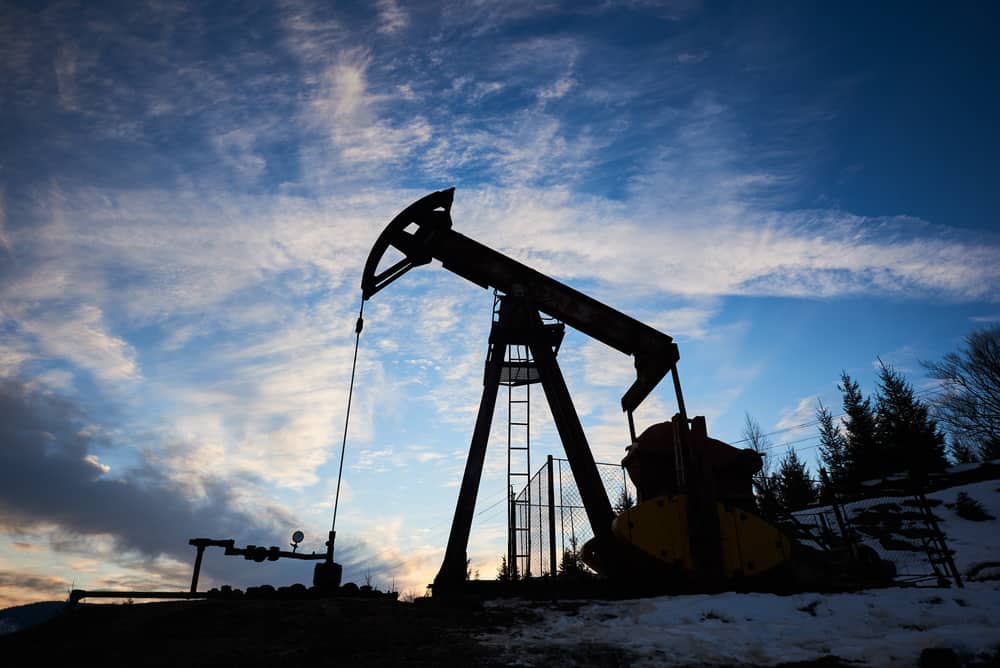Every day, 80 million barrels of oil are sold and bought. At the same time, on the markets, virtually a billion barrels switch hands. It is a trick made possible by “derivatives”, contracts in which an agreement is made for future delivery at a predetermined price. If the value falls below this price, the seller earns, and if vice versa, the buyer gains.
These contracts never end with a real delivery. We can simply pay the difference, or do a “rollover”, which means that when the contract is about to expire, it is renewed with as a new contract with a later expiration date.
This introduction is necessary to understand what is happening and why oil prices went below zero.
Those who wanted to get rid of an expiring contract, did not find anyone who wanted to buy it. At this point, the owner of the contract should have received all the oil purchased (the physical barrels) with the derivative. Generally, however, those who carry out these operations do not physically handle the barrels of oil and do not have the space to store them. Space to stock can be rented, but at the moment, oil deposits are full, due to the collapse in demand caused by the blockage of production activities. This is a particularly accentuated situation in the U.S., where the Cushing Depot in Oklahoma – known as the intersection of the world oil pipelines – is completely full.
The drop in oil prices in the last few weeks is a direct consequence of COVID-19 total economic closure that has shut down companies and transportation all over the world.
Production plants are closed, ships and planes stopped, and people are stuck at home and do not use cars. Since March, fuel consumption, and therefore the demand for oil, has drastically been reduced. Still, production has not been reduced accordingly with demand.

Oil plants cannot be turned on and off with a simple switch: blocking the extraction activities is very expensive. Consequently, at this moment, oil producers have to manage the excess of crude oil that they cannot sell. The situation is so critical that several large companies have run out of physical space to store supplies. Some producers have gone so far as to need to rent, and therefore pay, some oil tankers to stow excess production.
Therefore, the negative price of crude oil is an indication of the amount that producers would be willing to pay to sell surplus production and temporarily leave the market without shutting down plants. In the United States, moreover, the imbalance between supply and demand is particularly accentuated by high production costs, which make oil extraction not profitable when the sale price drops below $40 per barrel.
This is only the tip of the iceberg. It has come to this point because there has long been an excess of oil supply compared to demand, even before COVID.
Of course, the COVID-19 pandemic worsened the situation. At the same time, a battle between Saudi Arabia, Russia and the United States is raging behind the scenes. Riyadh is trying to push Moscow out of the market after the Russians refused an agreement in February to cut production and support prices. Saudi Arabia has the advantage of being able to produce high quality oil at low costs (due to extraction and commercialization). The country manages to earn even with a barrel just above $20, while for Russia the profitability is around $40 – $50 per barrel.
Oil price dynamics also affect the U.S. market, because the U.S. is actually an oil exporter on paper only. It is true that the U.S. exports more oil than it imports, but it is still necessary to import because our oil is not high quality and must be “mixed” with more noble crudes before refining. The large amount of crude oil injected into the market by the development of U.S. shale oil (an extraction technique that allows to “suck” oil from rocks that contain it) is one of the causes that determined the structural excess of the offer.
For families, however, this situation can bring some limited advantages.
Of course the main advantage is the drop in gas prices. However, let’s not expect the price per gallon to be close to $0. In fact, the price of the raw material affects only 15-20% of the final price.




